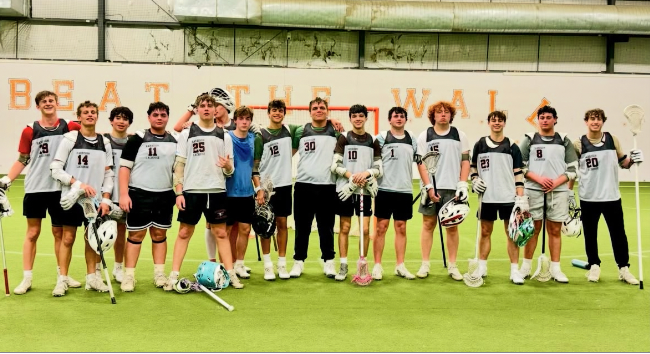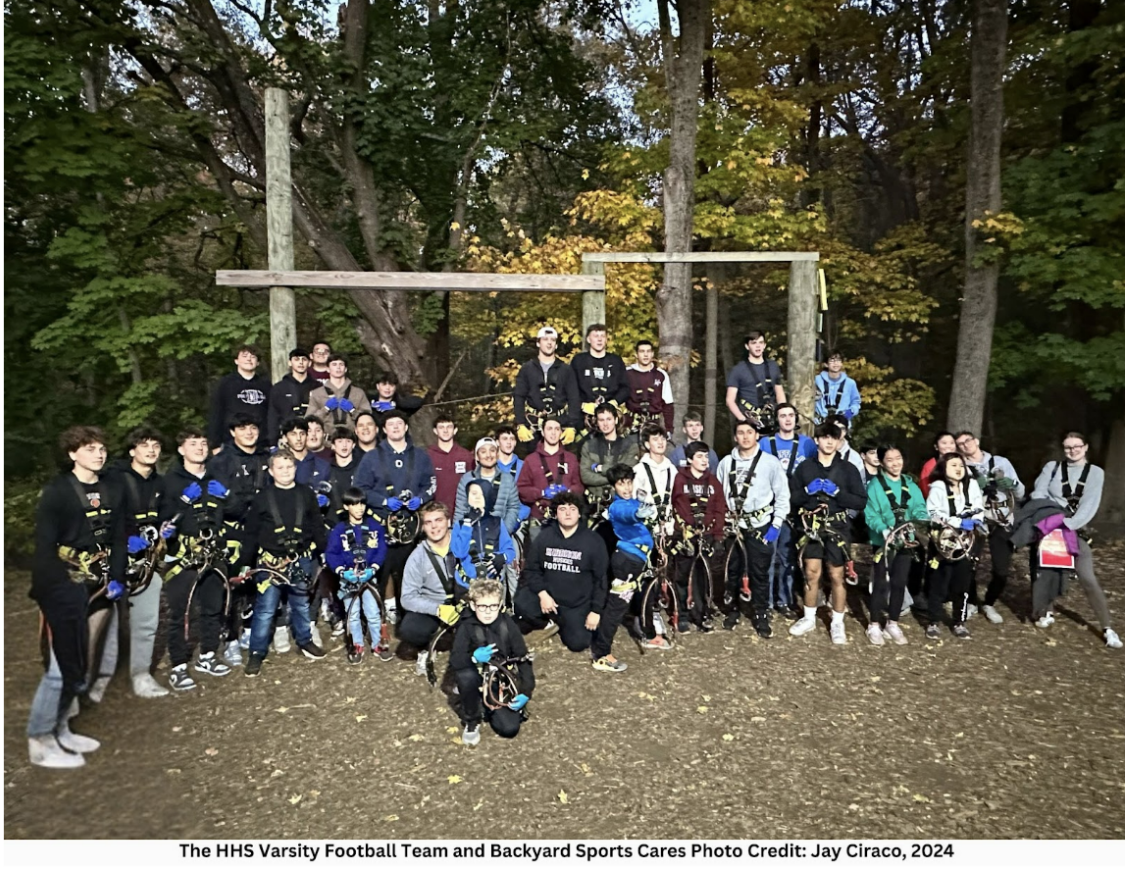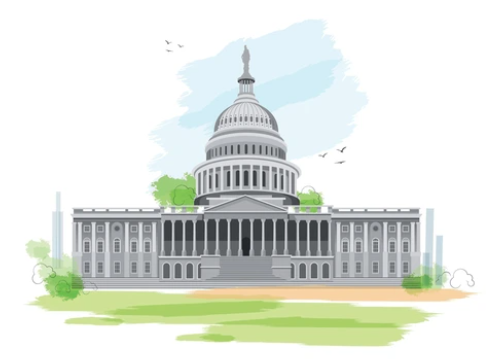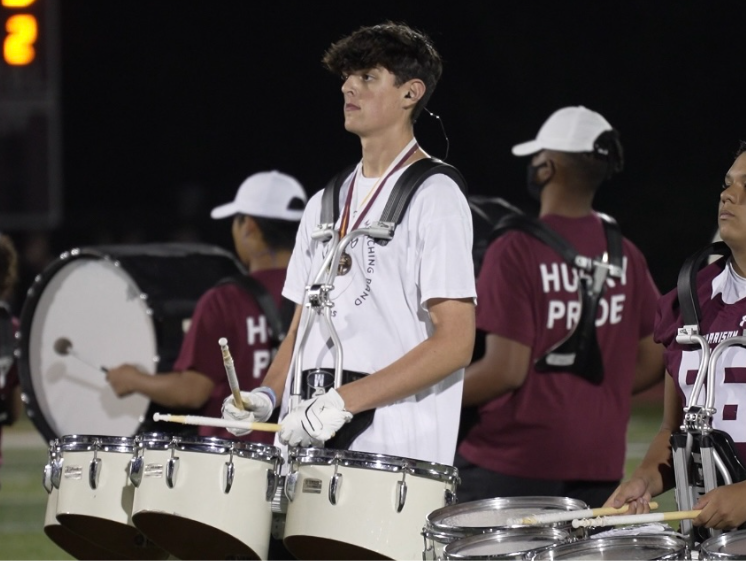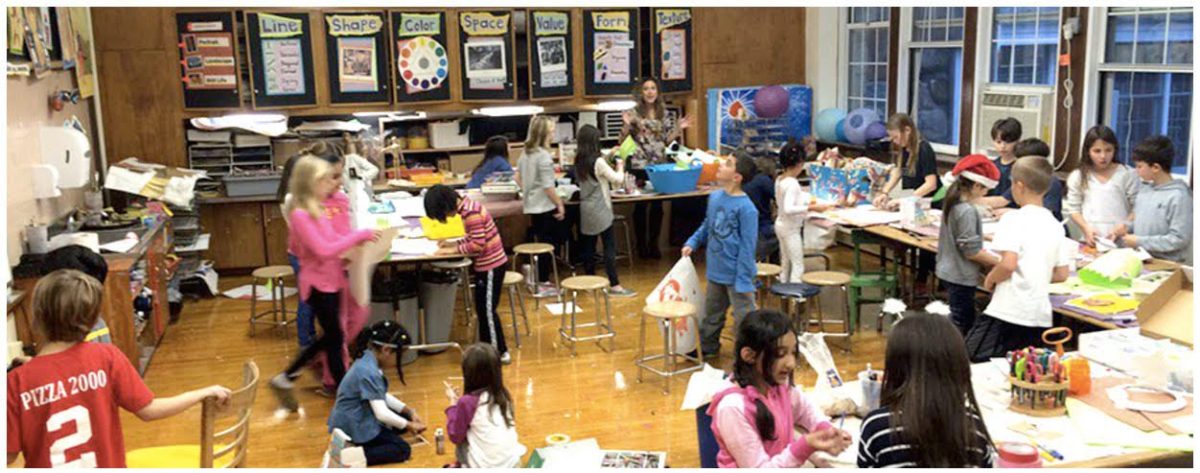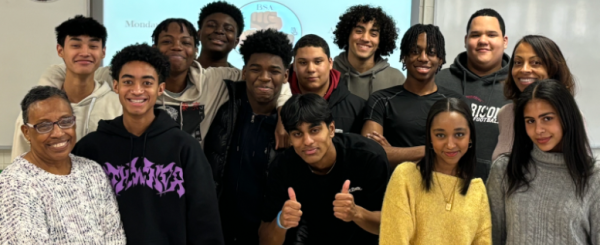Where Are the Women?
“When students in grades K-12 study history, they are often confronted with a nearly womanless past,” said Bridget Riley in her Historians article.
Ever since the Progressive Era, women have fought with passion for a world with equality and respect. Especially in the 21st century, there has been a notable difference in the accomplishments and recognition of women in society. Many females all around the world can stand up and say that they’re proud to be themselves.
However, taking a step back and examining our knowledge of history, how much of it contains women’s achievements and history in general compared to men’s? Probably very little.
“According to Smithsonian’s calculations, 737 specific historical figures – 559 men and 178 women, or approximately one woman for every three men – are mentioned in the standards in place as of 2017,” states Anna White in her Smithsonian Magazine article. “Out of the 178 women mentioned in the Social Studies standards, 98 of them appear just once.”
While our society has definitely improved from how it used to be, it is still far from equal. The ratio of women to men in history is not even close to being equal, let alone halfway.
Women have worked just as hard over the years as men have, but are omitted from history teachings.
“Perhaps some would say, of course, there are fewer famously influential women than men throughout history, considering the cultural norms that long created gender-biased divisions and hierarchies,” says Micaela Wells in her Washington Post article. “But that’s a lazy assumption.”
Going to school helps to prepare you for the world ahead. Many people act on decisions based on what they have been taught in their early ages. By taking a look at the world with all of its problems, we are able to make responsible and fair judgments on what goes on around us.
Since the Harrison Central School District is using an IB system that pushes towards equality, diversity, and being more knowledgeable, it is within the District’s best interests to act on those words.
In Harrison High School, women’s parts in history are taught – to an extent. While there are units of study on women’s rights and progression towards equality, it only ever lasts for a week. In fact, some might say that we learn more about how women were viewed and their values in our English classes.
“Recent historians have made a great effort to include and continue to include more perspectives throughout history,” says Mrs. Heath, a history teacher at Harrison High. “I agree that we have come a long way and still have a long way to go when it comes to teaching about women in history. As a whole, I think we need to continue to investigate the past, present, and future and look for diverse opinions and perspectives in order to understand the human race’s history as a whole.”
While it is true that history cannot be changed, it is the many lenses through which we view it that makes the difference. Men and women both held leadership positions that helped progress society forward, not only one side.
“History must tell the whole story,” explains the National Women’s History Alliance on their website. For girls, knowing women’s achievements expands their sense of what is possible. For all of us, knowledge of women’s strengths and contributions builds respect and nourishes self-esteem – crucial to all children and adults now, and in the years to come.”
History helps us learn from our mistakes. If we don’t want to get stuck in the past, we should eliminate the problems at hand instead of shoving them under the rug.

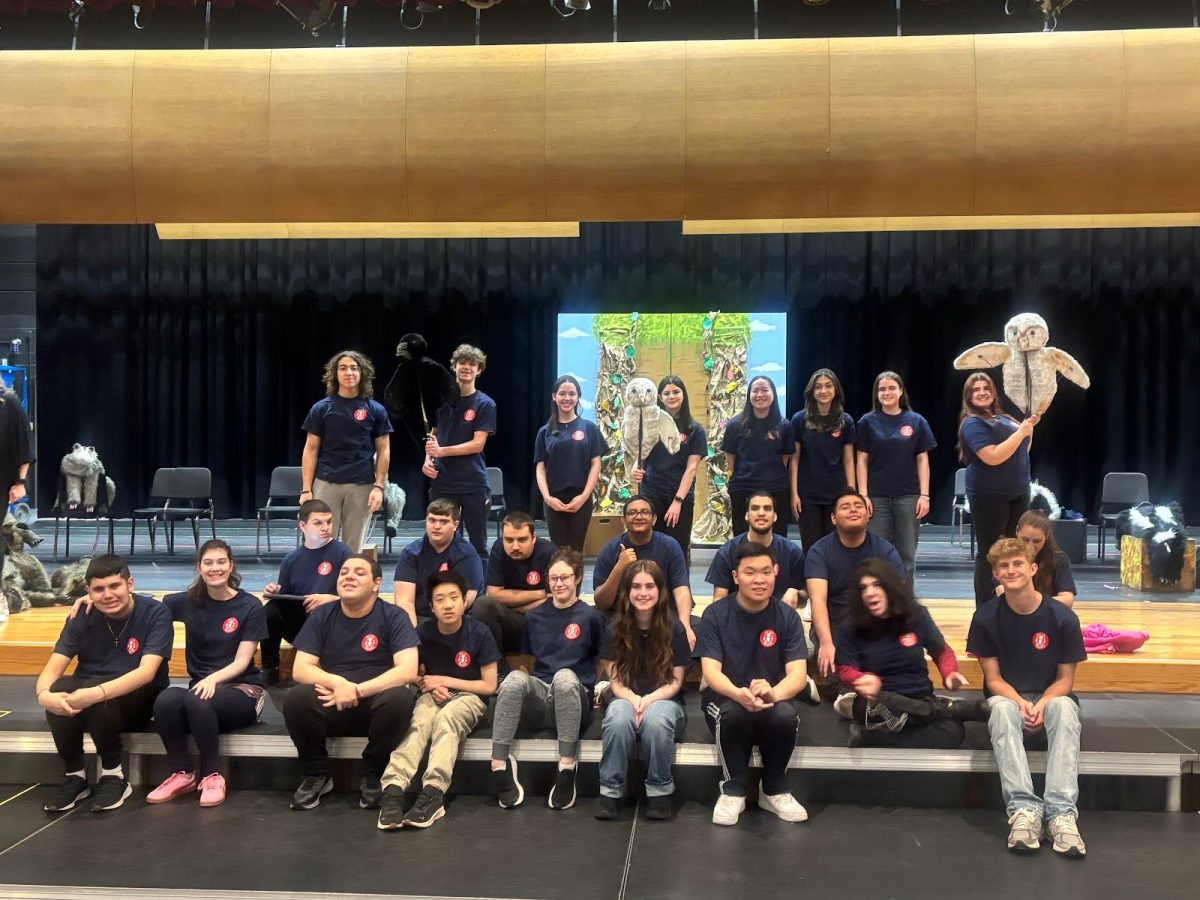


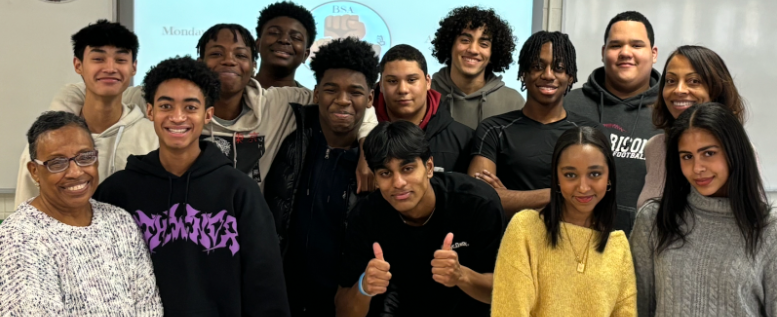

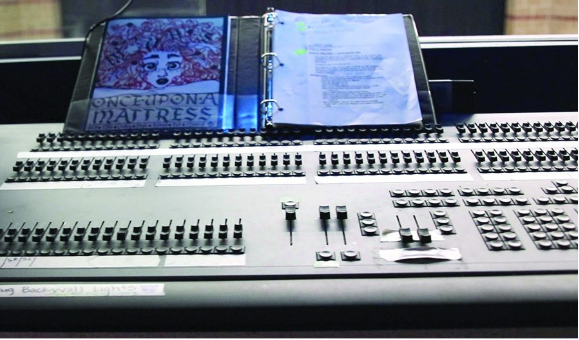
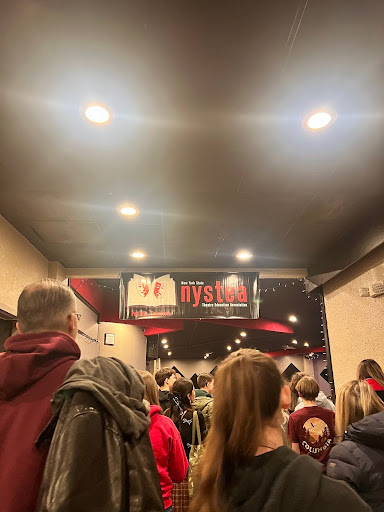
![[From left to right-Top row: Harison Fliegenspan, Talia Russo, Isis Leite, Micaela Thone, Rosella Paniccia. Bottom row: Maya Rolan, Eren Yoshimura, Audrey Cheung, Karinah Diaz]](https://thehuskyherald.org/wp-content/uploads/2025/02/IMG_0927.jpg)
